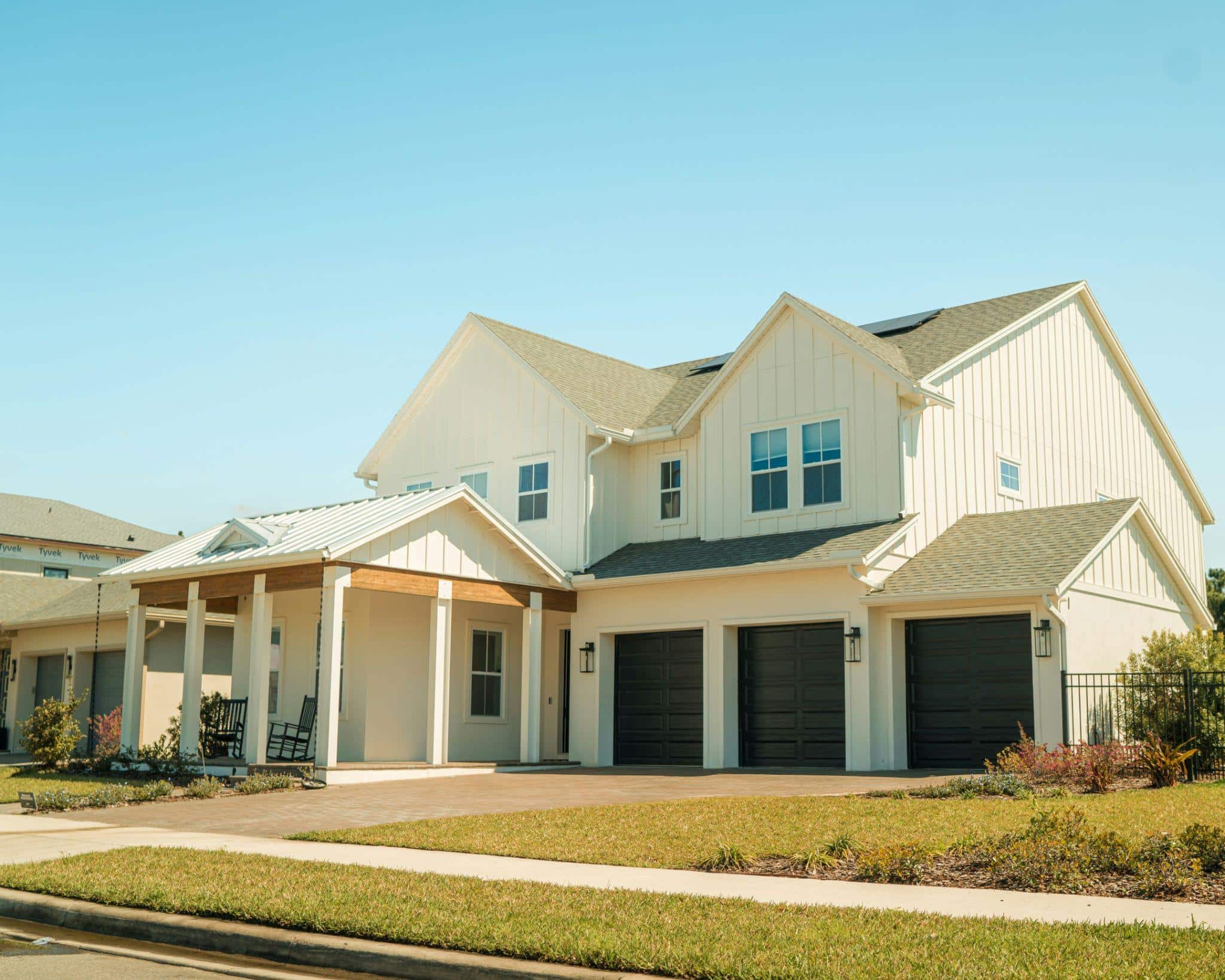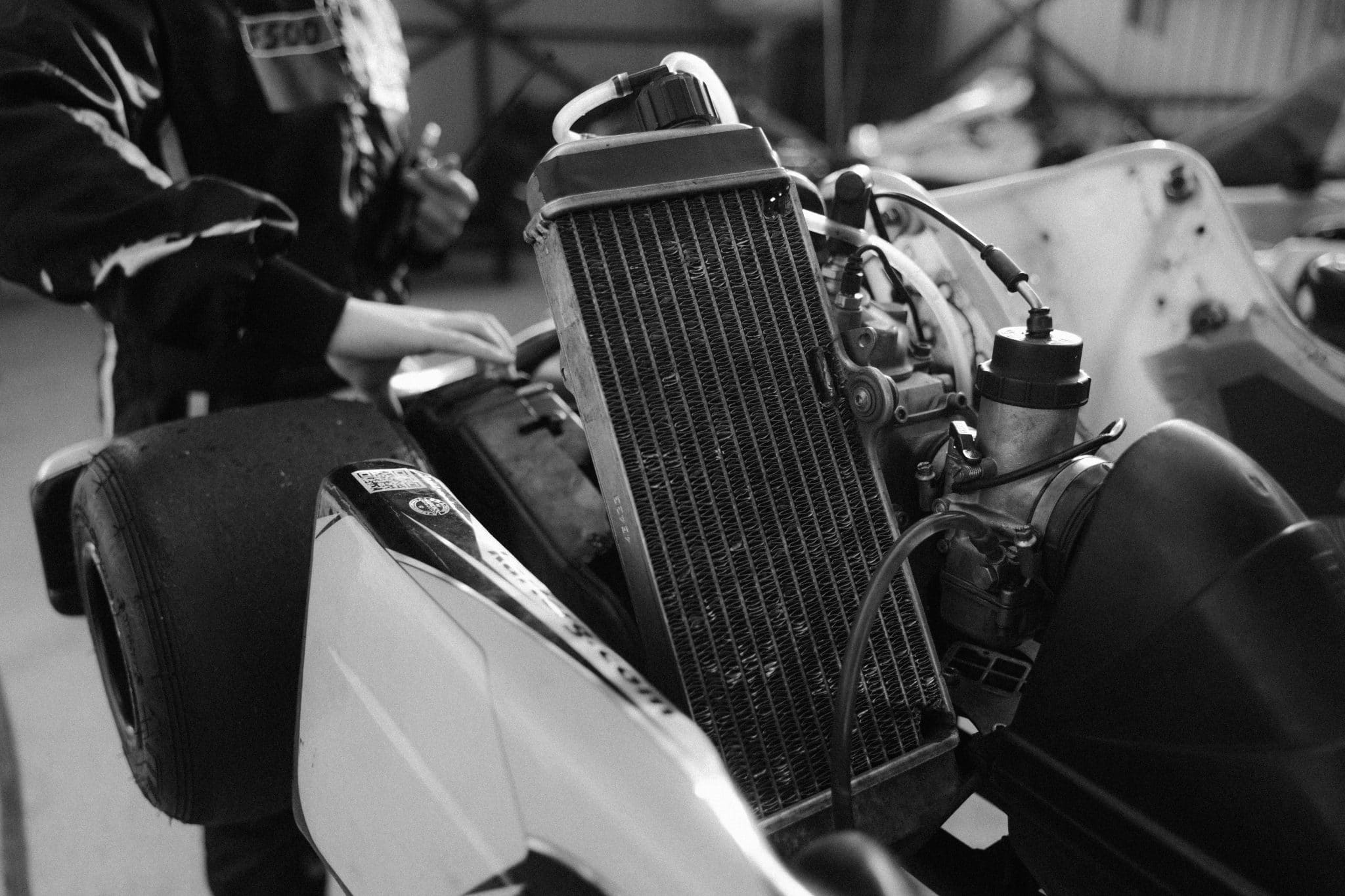Does your house have cracks in the foundation walls or doors that stick when you try to close them? These problems point to foundation issues that need immediate attention before they get worse.
Foundation settling affects thousands of homes and causes serious structural damage when ignored. Small cracks can turn into major repairs costing tens of thousands of dollars. Underpinning foundation work can fix these problems and prevent future damage.
You want to protect your biggest investment and keep your family safe. Underpinning gives you peace of mind and can increase your property value when done correctly.
Learn about underpinning foundation costs, methods, timing, and contractor selection to make the right decisions for your house.
What is Underpinning?
Underpinning is a way to make your house foundation stronger.
This method adds support below your current foundation. In simple terms, underpinning means giving your house better feet to stand on.
When your foundation isn’t strong enough, underpinning adds extra help underneath.
The process puts new support pieces under your existing foundation. These pieces move your house’s weight to stronger ground deeper down. You might need underpinning foundation work when your house moves or settles.
Why Would You Underpin a House?
Houses may need underpinning foundation work for several key reasons:
- Settlement and soil movement: Soil moves and settles over time. Clay soil gets bigger when wet and smaller when dry. This movement makes foundations sink unevenly.
- Added weight from home changes: Adding a second story puts extra weight on your foundation. Kitchen changes with heavy stone counters also add weight. Large additions like garages need foundation checks.
- Water damage and outside issues: Water can wash away soil around foundations. Building work nearby can affect your foundation. Tree roots growing too close can also move soil.
- Weather conditions: Heavy rain can soak the soil and cause movement. Dry weather can make soil pull away from foundations.
Advantages and Disadvantages of Underpinning
Before starting any underpinning foundation project, you need to understand both the advantages and disadvantages.
| Advantages | Disadvantages |
|---|---|
| Long-term strength: Good underpinning gives decades of reliable support and stops future building problems | High cost: Can cost thousands to tens of thousands of dollars with specialized equipment and skilled workers |
| Better safety: A Strong foundation means safer living with no worries about building failures or damage | Takes a long time: Most jobs take weeks to finish, with complex cases needing months of work |
| Higher property value: Houses with recent underpinning work often cost more and give good returns when selling | Home disruption: Noise, dust, and blocked areas affect daily life during construction |
| Chance for improvements: Projects create opportunities for basement upgrades, waterproofing, and other improvements | Risk of bad work: Poor workmanship can cause serious damage and costly repairs if done wrong |
Understanding the pros and cons of underpinning helps you see why this process is often necessary. Now, let’s explore the main foundation strengthening methods contractors use and how each one works.
4 Underpinning Foundation Methods You Should Know
There are several ways to strengthen your foundation depending on your specific needs and soil conditions. Here are the four main techniques contractors use.
1. Mass Concrete Underpinning

Mass concrete underpinning is the traditional method where concrete is poured in sections under your existing foundation. This approach works well for shallow depths and stable soil conditions.
How the technique works:
- Workers dig small sections under the foundation and pour concrete in stages to avoid disturbing the structure.
- Teams install temporary bracing to support the existing foundation during work. They typically dig 3 to 4-foot sections and complete each area before moving to the next.
- The excavation goes 2 to 4 feet below the existing foundation to reach more stable soil. Fresh concrete fills each section and connects to the existing foundation through mechanical bonding or dowels.
Best applications: Works well for residential foundations that need minor strengthening or small additions.
2. Mini-Pile Underpinning

Mini-pile underpinning uses small piles driven deep into stable soil layers. These steel or concrete piles can reach depths of 10 to 30 feet to find solid ground below unstable surface soil.
How the technique works:
- The piles transfer your building’s weight to strong underground layers that won’t shift or settle.
- Workers drill holes through the existing foundation and into the ground below using specialized drilling equipment that creates holes 6 to 12 inches in diameter.
- They insert steel reinforcement into each hole before concrete filling. Steel piles or concrete piles go into the drilled holes, and a cap beam connects multiple piles to transfer the foundation load evenly across all piles.
Best applications: Best for unstable or soft surface soil and serious foundation problems.
3. Screw Pile Underpinning

Screw pile underpinning involves metal piles with spiral flanges that screw into the ground quickly. The spiral design grips the soil tightly and provides strong support even in challenging soil conditions.
How the technique works:
- Hydraulic equipment rotates the steel piles into the ground like giant screws. Workers position hydraulic drive equipment and align each pile location.
- The machine rotates piles into the ground while monitoring torque and depth. The spiral flanges cut through soil and create strong bearing surfaces.
- Each pile can support 20 to 100 tons, depending on soil conditions and pile size. A bracket system connects the pile tops to the existing foundation.
Best applications: Ideal for tight spaces and quick installation in various soil types.
4. Beam and Base Underpinning

Beam and base underpinning places a reinforced concrete beam under your existing foundation to spread the weight over a larger area. The beam is typically 12 to 18 inches deep and runs along the length of the foundation wall.
How the technique works:
- Workers excavate under the foundation to create space for the new beam. Excavation happens in sections to maintain foundation stability with temporary shoring supporting the existing foundation during beam installation.
- Steel reinforcement goes into the excavated area before concrete pouring. The beam connects to the existing foundation through mechanical fasteners or chemical anchors and typically extends 2 to 3 feet beyond the existing foundation on each side for better load distribution.
Best applications: Best for foundations with cracks or uneven settling across long spans.
Professional contractors assess your property through soil tests and structural evaluation to recommend the right approach based on your specific foundation problems, soil conditions, and budget requirements.
When Should You Underpin a House?
Watch for these signs that your house may need underpinning foundation work:
- Visible cracks: Cracks in foundation walls show possible problems. Sideways cracks are more serious than up-and-down ones.
- Sticking doors and windows: Doors that used to close easily may need force. Windows may be hard to open or close.
- Uneven floors: Use a level to check for big slopes. Floors that feel bouncy or slanted need attention.
- Basement water problems: Water getting in can weaken foundation materials and show foundation issues.
Foundation problems get worse over time, so early action saves money and prevents major repairs. Spring and fall offer the best working conditions.
Underpinning Cost Per Square Foot
Underpinning foundation costs vary widely based on the method and property conditions. Understanding price ranges helps you budget and compare contractor estimates:
| Underpinning Method | Cost Per Square Foot | Best For |
|---|---|---|
| Basic Concrete Underpinning | $50 – $75 | Shallow depths, stable soil |
| Mini-Pile Systems | $100 – $200 | Deep underpinning, poor soil |
| Screw Piles | $75 – $125 | Quick installation, various soils |
| Beam and Base | $80 – $150 | Long spans, crack repair |
Pricing depends mainly on method choice, project depth, soil conditions, site access, and local market rates.
How to Choose an Underpinning Contractor
Ensure that contractors have the proper licenses and specific underpinning experience, as foundation work typically requires special permits in most areas.
Ask to see current licenses and check with local authorities if needed. Look for contractors who have completed similar projects in your area within the past few years.
Contact at least three recent customers and ask about work quality, timeline adherence, and cleanup. Online reviews from multiple sources help identify patterns in customer satisfaction or complaints. Pay attention to how contractors respond to negative reviews.
Verify general liability coverage and workers’ compensation insurance. Written warranties should cover both materials and workmanship for at least two years. Avoid contractors who won’t provide warranty details in writing.
Get detailed written estimates from multiple contractors that include specific methods, materials, timeline, and cleanup responsibilities. Be wary of estimates that seem much higher or lower than others without clear reasons.
The Bottom Line
Underpinning foundation work is a serious investment that can save your home from costly structural damage.
When you notice warning signs like cracks, sticking doors, or uneven floors, taking quick action prevents small problems from becoming major headaches.
The right underpinning method depends on your soil conditions, budget, and specific foundation issues.
Remember that a professional assessment is essential for successful underpinning foundation projects.
While costs may seem high upfront, quality underpinning work protects your home for decades and often increases property value. Choose licensed contractors with proven experience and solid warranties.
Your foundation supports everything above it, so don’t take chances with inexperienced workers or cheap solutions.
Proper underpinning foundation repair gives you confidence that your home will remain safe and stable for your family’s future.
Browse my other home improvement blogs for quick fixes and fresh ideas.








